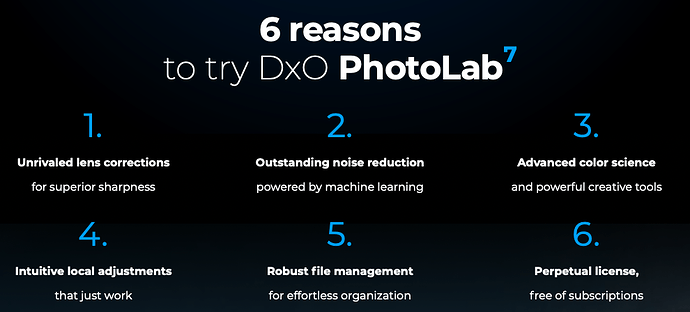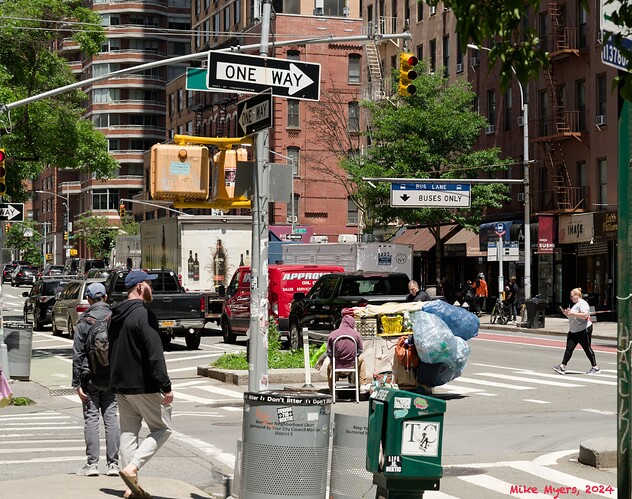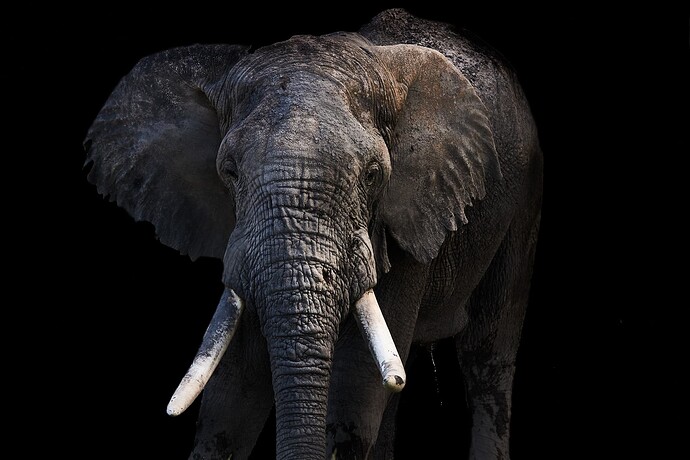I’ve always had software on my computers that could edit my photographs. Before PhotoLab, it was Adobe Lightroom. To me, it was a collection of tools (specifically designed for working with RAW images.
Sorry, but I don’t have a “main purpose” for PhotoLab. As my image editor, I use it for anything and everything, both to improve “poorly captured images” and to finish "already well captured images. With my camera, there are times when I just “do the best I can”, and there are other times when I think the captured image is already perfect.
Probably the number one tool for me involves “cropping”, ensuring that images are level, and that they mostly include the purpose of my image.
At Joanna’s suggestion, I did download Nikons NX Studio. My laptop also has Photomatix, Luminar, Photoshop, Lightroom, and an old installation of DarkTable. For various reasons, 99% of the time I use PhotoLab, Version 6. My desktop has several more photo editors, that I never installed on my laptop. I’ve also got the original version of NIK, and DxO’s version, neither of which I use.
I assume you meant “for you”. Any and all “fixing” that I do, is done in PhotoLab. For me, it’s an all-purpose do-anything software for people who shoot in RAW format.
Why am I paying for my subscription to Adobe’s “photography plan” and also buying PhotoLab? To be honest, that’s mostly due to people in this forum, especially Joanna. She shows me why I might “need” a new version, and I’ve now got versions 3, 4, 5, and 6. I never saw a reason to update to 7.
I think most people are “opinionated”, and that includes me. That, and "If it ain’t broke, don’t fix it".
Life would be very different for me, but for this forum.



